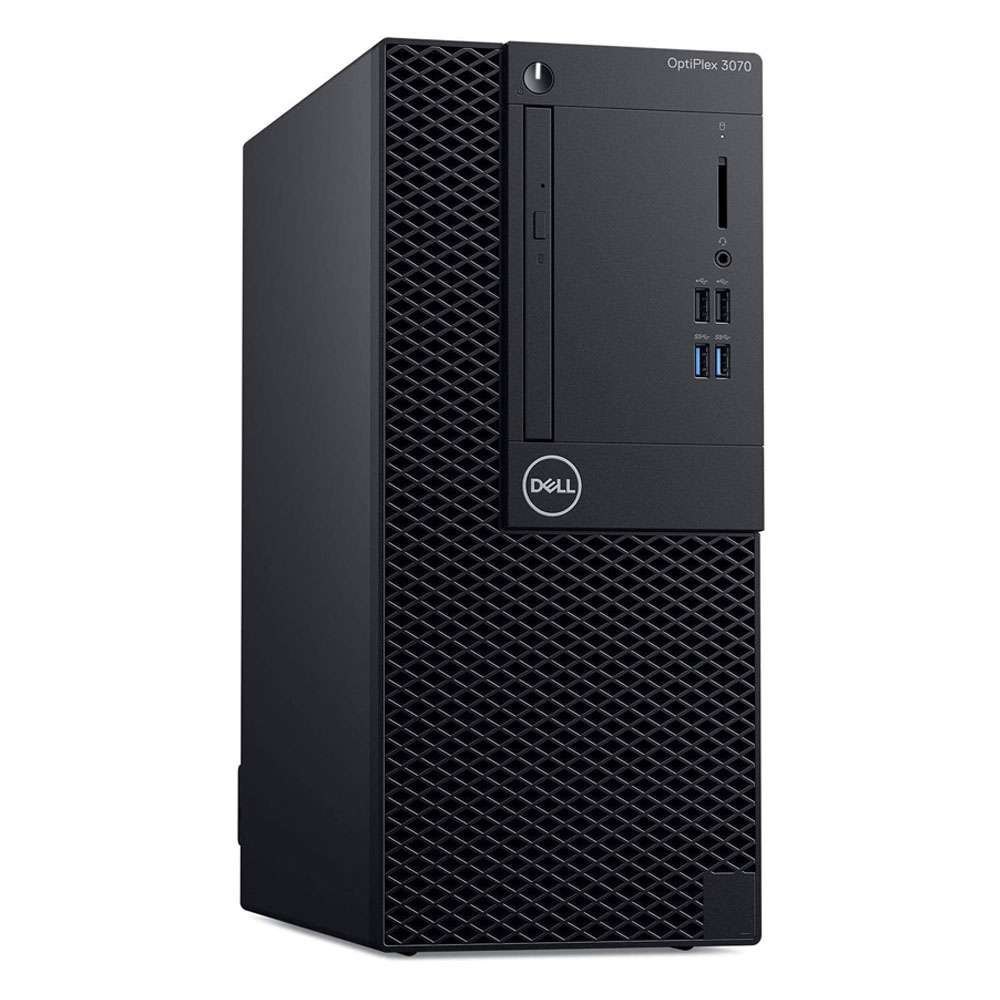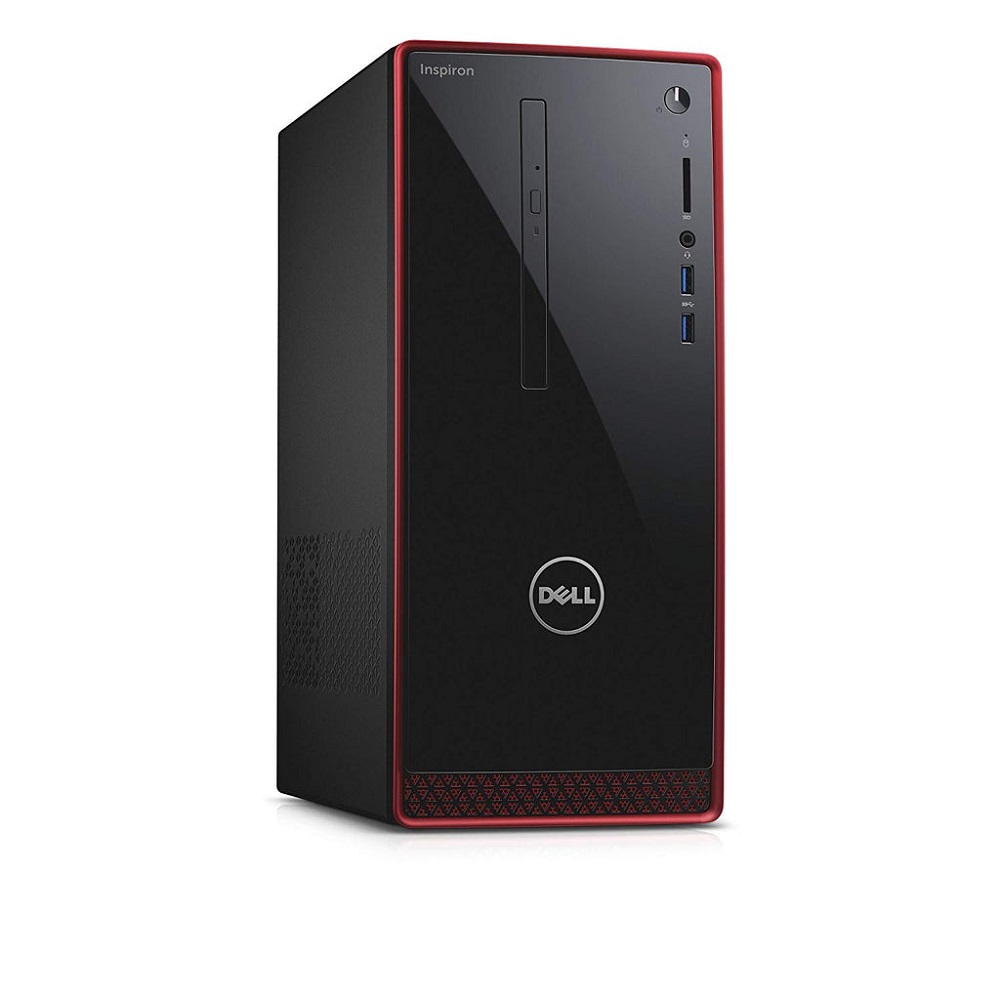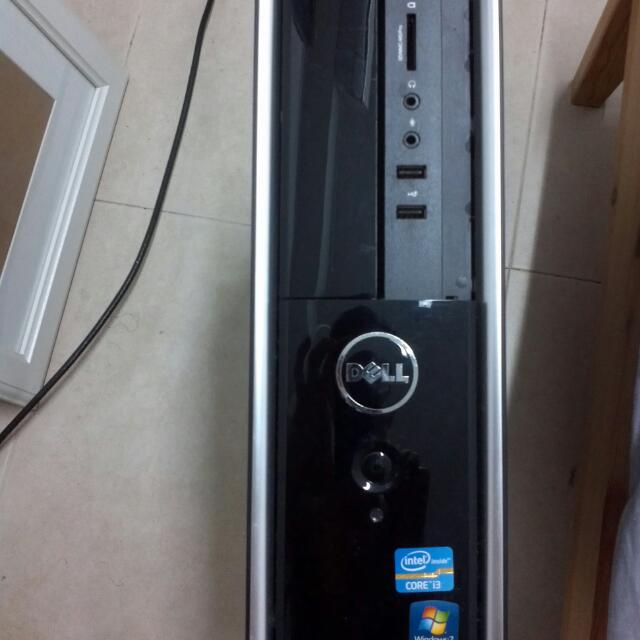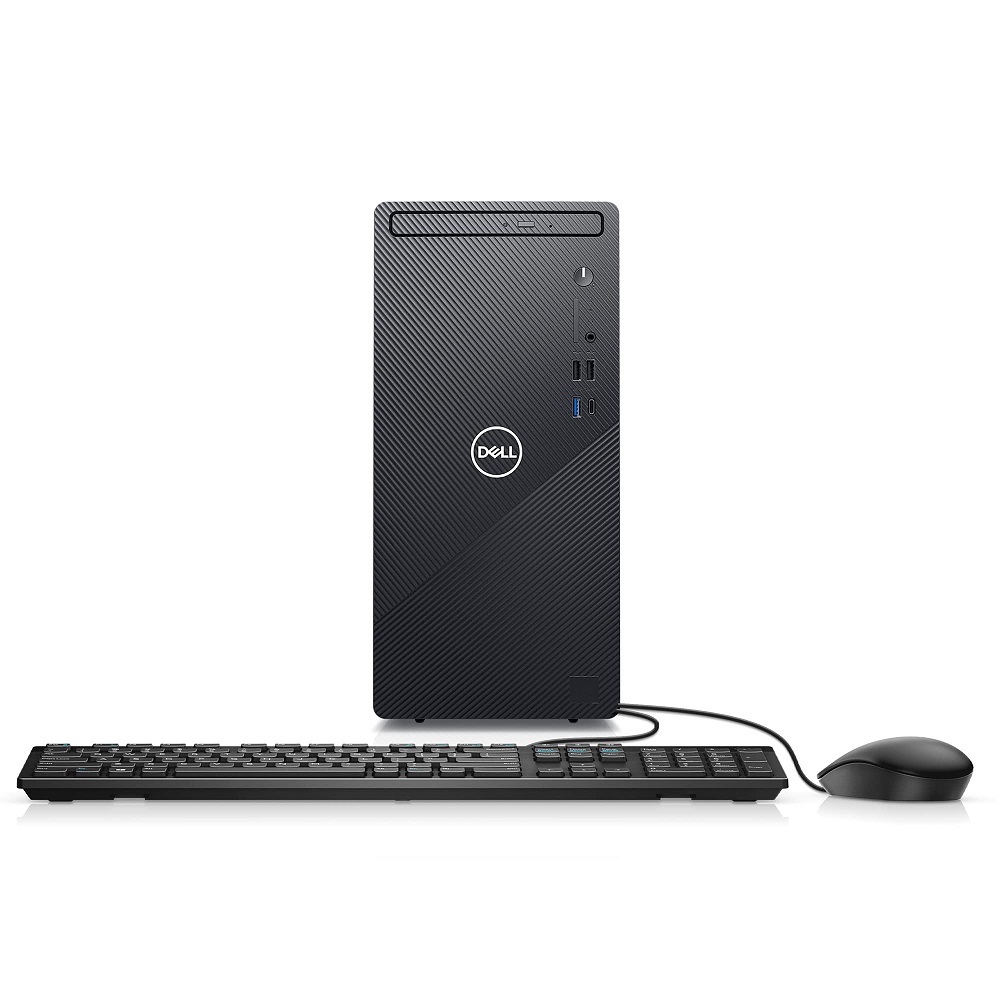The choice between an Inspiron small desktop and a traditional tower can significantly affect your computing experience. Both options have their advantages and disadvantages, appealing to different types of users based on their needs, space constraints, and preferences. In this article, we will delve into the features, benefits, and drawbacks of each to help you make an informed decision.
Understanding the Form Factors
What is an Inspiron Small Desktop?
The Inspiron small desktop is a compact computer designed for users who need a functional yet space-saving solution. This form factor typically combines the motherboard, power supply, and storage in a smaller chassis. Despite its reduced size, the Inspiron small desktop usually offers decent performance and can handle a range of everyday tasks like web browsing, streaming, and productivity applications.
Designed with efficiency in mind, these small desktops often include mounting options to fit into tight spaces. They’re an excellent choice for students, small businesses, or anyone looking to declutter their workspace.
Traditional Towers Defined
Traditional tower desktops, often recognized for their larger, more substantial designs, offer a different set of benefits. These systems generally provide more room for upgrades, better cooling options, and superior performance capabilities. This added space allows users to incorporate advanced graphics cards, multiple storage drives, and enhanced cooling systems, catering to gamers, professionals, or power users.
While traditional towers require more physical space and might be less aesthetically pleasing in a minimalist setting, their robust design allows for greater customization, making them a favorite among tech enthusiasts.

Performance Characteristics
Processing Power
When comparing performance, the first thing to consider is processing power. Inspiron small desktops typically come equipped with dual-core or quad-core processors that can handle daily tasks efficiently. For browsing, streaming media, and light office work, these processors deliver satisfactory performance.
However, if you’re a gamer or need to run resource-intensive applications such as video editing software, a traditional tower offers a wider array of high-performance CPU options. You can choose from top-tier processors that are better suited to demanding tasks. Overall, if raw power is your priority, traditional towers take the lead.
Memory and Storage Options
Despite their smaller form factor, Inspiron small desktops can still come with substantial memory options, often supporting various RAM configurations. However, traditional towers typically allow for greater expansiveness in terms of both RAM and storage.
When it comes to storage, traditional towers can accommodate multiple hard drives and SSDs, creating flexibility for users needing ample storage space. For individuals working with large files or wanting to maintain an extensive library of games and applications, having greater storage options can be indispensable.
Upgradeability
Small Desktops: Limited Upgrade Options
While Inspiron small desktops deliver satisfactory performance for everyday tasks, their compact nature limits upgrade options. Generally, they come with modest specifications that may suffice for many users but can quickly become outdated.
Upgrading components like RAM or storage can be a hassle, as the design inside the compact chassis leaves little room for new parts. If you plan to keep your desktop for several years, limited upgradeability might be a significant drawback. You may end up needing to replace the entire unit rather than upgrading individual components.

Traditional Towers: A DIY Dream
In contrast, traditional towers shine when it comes to upgradeability. Their larger designs permit easy access to the internal components, allowing users to swap out parts like graphics cards, processors, and cooling systems.
This makes traditional towers a great long-term investment. Users can adapt to changing technological requirements by simply upgrading components rather than purchasing an entirely new system. Gamers, graphic designers, and video editors greatly benefit from this flexibility, as performance needs can change rapidly.
Space Considerations
Space-Efficient Design
One of the standout features of the Inspiron small desktop is its space-efficient design. If you find yourself working in a small office or dorm room, a small desktop can fit into tight spaces where a traditional tower might struggle. Many models can be easily tucked away or even mounted under desks, helping you maintain a clean and organized workspace.
Additionally, if you’re putting together a modern, minimalist setup, the sleek and compact design of the Inspiron small desktop can contribute positively to your overall aesthetic. Clutter becomes less of an issue, and you can enjoy a more open environment.
The Role of Tower Size
However, traditional towers take up more space due to their larger dimensions. In addition, they are often less portable and not as easy to relocate within a room. While they offer the performance boost and expandability mentioned earlier, their bulking size might deter users with limited space.
If space efficiency is a priority, the Inspiron small desktop is a clear winner. But for those who value high performance and upgrade options more than size, traditional towers remain an attractive choice.
Connectivity and Features
Ports and Connectivity Options
When it comes to connectivity, both Inspiron small desktops and traditional towers typically offer a range of ports and slots for peripherals. However, traditional towers generally come with more extensive options, including additional USB ports, audio jacks, and even dedicated graphics ports for those who require higher graphical performance.
Inspiron small desktops might have fewer ports due to size constraints. Users with multiple peripherals, such as printers, external hard drives, and multiple monitors, may find these limitations inconvenient. However, many models still come equipped with the essential ports needed for daily tasks.
Integrated Features
Another advantage of many small desktops is their integrated features. Some models may include built-in Wi-Fi, Bluetooth, and even card readers, minimizing the need for extra accessories. This all-in-one approach can be appealing for users seeking a streamlined setup.
Traditional towers, while not typically designed with integration in mind, can easily adopt any additional features you want. If you desire high-quality sound, superior graphics capabilities, or specialized networking, you can integrate additional peripherals that suit your needs.

Price Comparison
Understanding Budget Considerations
When shopping for desktops, budget considerations are often at the forefront. Traditionally, Inspiron small desktops tend to be more affordable than their larger counterparts. Users who have straightforward needs—browsing, streaming, and basic productivity—can usually find an adequate and cost-effective small desktop model.
On the other hand, traditional towers typically come with higher price points, especially for models outfitted with high-end components catering to gamers and power users. While the investment can be significant, it’s often justified by the performance level and upgrade potential these systems provide.
Total Cost of Ownership
It’s important to consider the total cost of ownership as well. If you envision needing upgrades or replacements over time, the initial low cost of a small desktop could be misleading. Users might need to invest in a newer model sooner than expected, flipping the initial cost savings on its head.
In contrast, a traditional tower, despite its higher upfront costs, can save money long-term through its upgrade potential. While the decision will depend heavily on your specific needs and financial situation, it’s something to keep in mind when evaluating options.
Making Your Decision
Assessing Your Needs
Ultimately, the decision between an Inspiron small desktop and a traditional tower hinges on your individual needs. Consider factors like your intended usage, available space, and budget. If you primarily need a system for basic tasks like browsing and word processing, an Inspiron small desktop may provide everything you need in a compact design.
Conversely, if you engage in demanding tasks such as gaming, video editing, or software development, a traditional tower could be a wise investment. The performance, upgradeability, and customization options available in traditional towers make them suitable for more intensive usage scenarios.
Seeking Balance
Remember that lifestyle flexibility is vital. You might find that your needs change over time; therefore, seeking a balanced option that offers both functionality and efficiency can be ideal. Doing your homework, considering the pros and cons of both options, and assessing how they fit into your life can help guide your decision.
Regardless of which option you choose, understanding the differences between an Inspiron small desktop and a traditional tower allows you to make a decision that aligns with your priorities and use cases.
Choosing the Right Fit for You
In summary, both Inspiron small desktops and traditional towers have unique advantages that appeal to different users. Small desktops excel in space efficiency and affordability, making them ideal for students and those with straightforward computing needs. Traditional towers, on the other hand, offer superior performance, upgrade options, and customization for users needing high-end capabilities.
Thoroughly assessing your needs, considering space and budget constraints, and weighing the future flexibility of your purchase will help you make the best choice. By understanding the intricacies of each option, you’ll ensure that your investment meets your expectations and enhances your computing experience efficiently. Whether you lean towards the compact problem-solver or the powerful workhorse, your ideal desktop is out there waiting for you.
